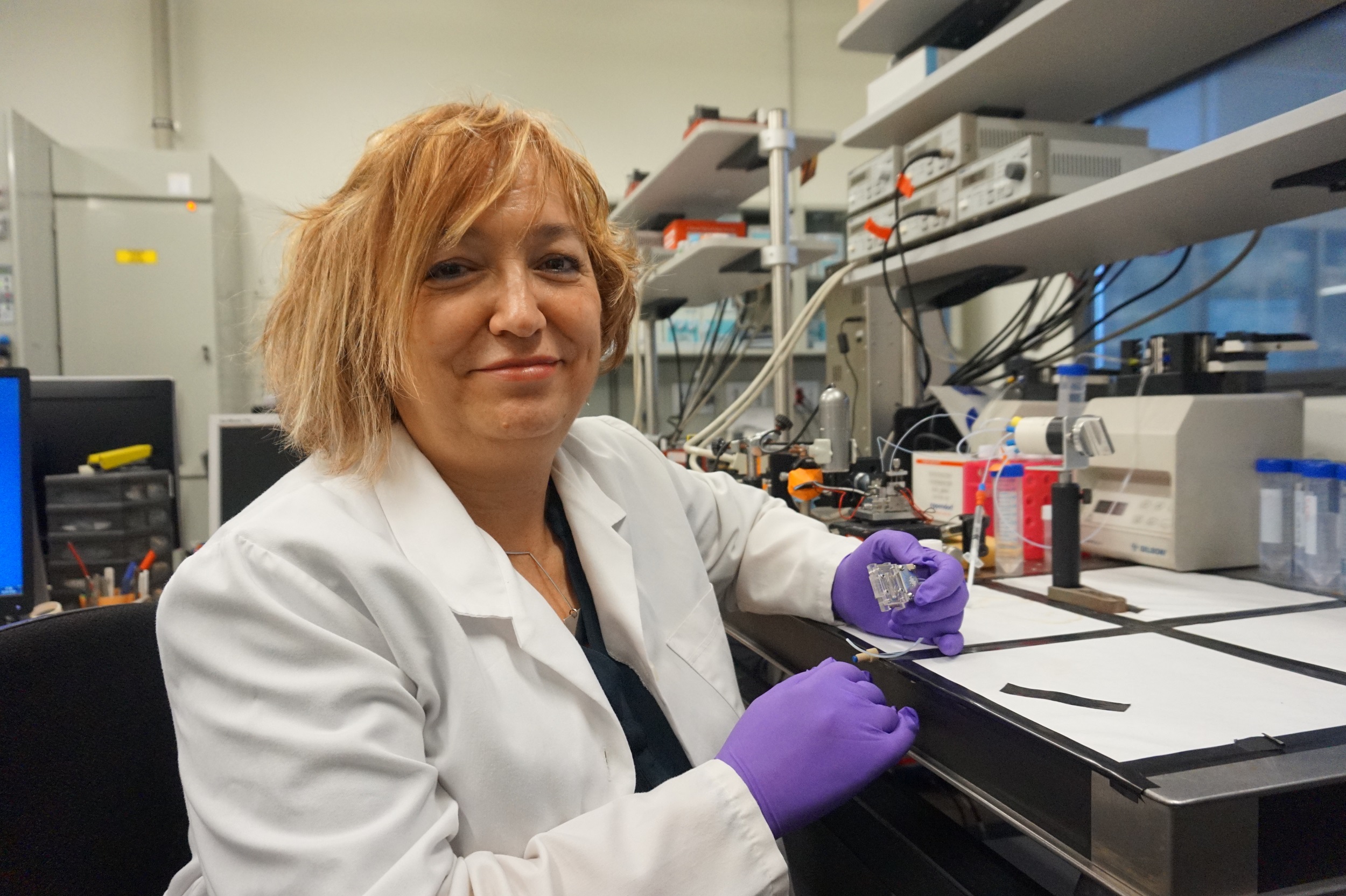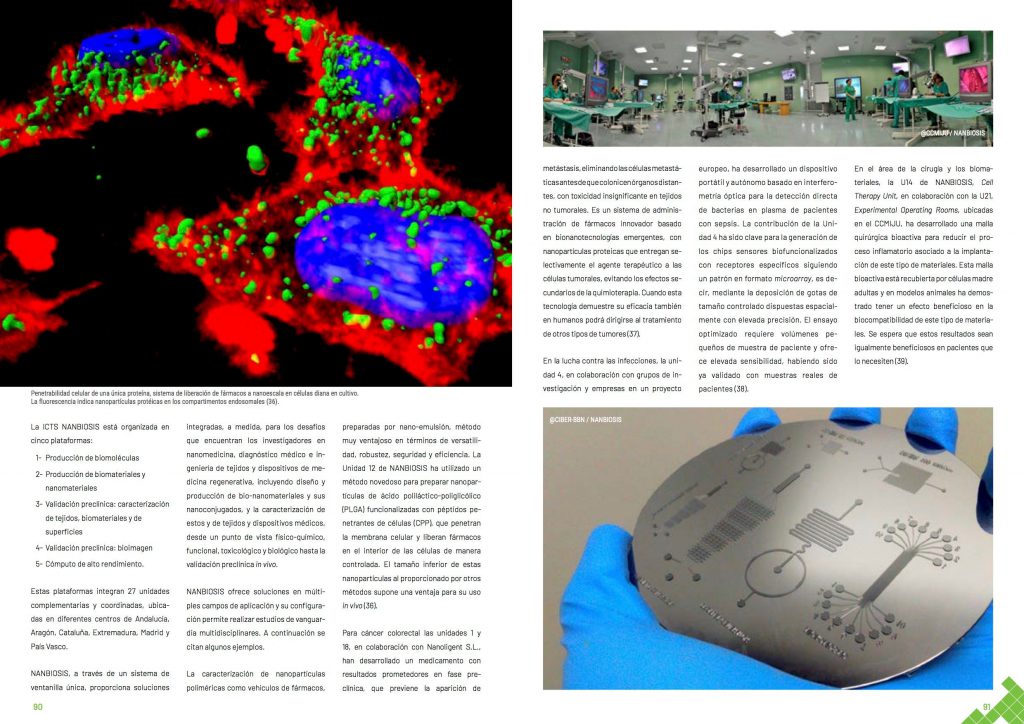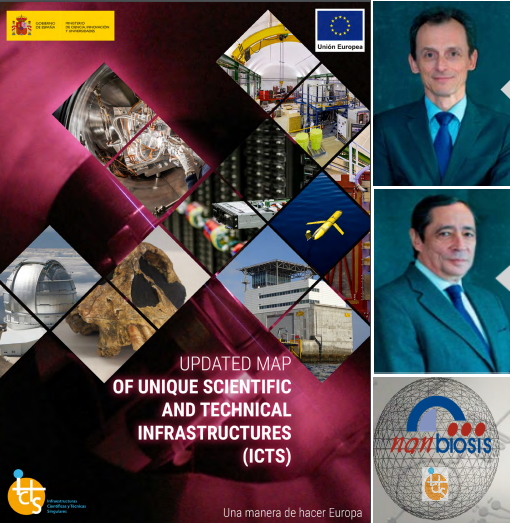Prof. Laura Lechuga is part of the experts advising the government on the COVID-19 crisis
The Fourth Vice-President of the Government and Minister for the Ecological Transition and the Demographic Challenge, Teresa Ribera, and the Minister of Science and Innovation, Pedro Duque, met with the Multidisciplinary Working Group that advises and supports the Ministry of Science and Innovation in scientific matters related to the COVID-19 and its future consequences. It also coordinates the preparation of reports and will propose the necessary modifications to improve the response to similar crises in the future.
The group is formed by 16 experts in fields such as law, economy, biochemistry, bioinformatics, artificial intelligence, physics, statistics, immunology or medicine. Prof. Laura Lechuga, Scientific Director of @Nanbiosis U4 Biodeposition and Biodetection Unit, from CIBER-BBN and ICN2, is one of the experts of this group, providing advice from the nanotechnology area, particularly in the field of nanobiosensors and bioanalytical applications.
More information in Science and Innovation Ministry portal web
Source: ICN2











